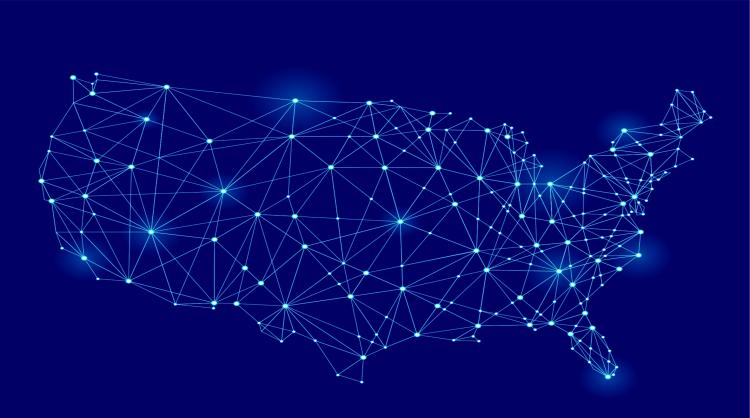FCC Proposes Nationwide Number Portability
October 27, 2017 | by Andrew Regitsky

Some good news from the FCC! This week it adopted a Notice of Proposed Rulemaking (NPRM) and Notice of Inquiry (NOI) seeking industry comments on how best to move toward complete nationwide number portability (NNP) while at the same time, promoting competition between all service providers and encouraging the efficient routing of calls throughout the network. Industry comments are due 30 days after this item (Docket 17-244) appears in the Federal Register.
As the Commission notes, number portability today is confusing to consumers and businesses alike:
Currently, consumers and businesses can keep their telephone numbers when changing service providers – wireline-to-wireline, wireless-to-wireless, and wireline-to-wireless and the reverse -- when they move locally. This local number portability (LNP) benefits consumers and promotes competition. But consumers cannot uniformly keep their traditional wireline numbers or their mobile numbers when they move long distance. The ability to keep your telephone number when switching your wireline or wireless service provider may depend on whether the service provider to whom you want to switch is a nationwide service provider. This limitation not only confuses and inconveniences consumers, it harms the ability of small or regional carriers to compete, undermining a core principle of number portability – competition. (NPRM, para. 2)
Unfortunately, any move to NNP is hindered by the Commission's legacy telephone rules, specifically its N-1 query and number parity requirements. Therefore, the Commission proposes to eliminate these requirements.
The N-1 query mandate requires the carrier immediately preceding the terminating carrier (the N-1 carrier) on a call to be responsible for ensuring that the number portability database is queried. N-1 was useful in the initial days of local number portability, but the Commission, now believes it has outlived its usefulness:
The N-1 requirement was...adopted by the Commission in the early stages of implementing LNP because it ensured that: carriers would know when a database had been queried; the cost of performing queries would be distributed between interexchange and originating providers; and, moreover, that routing performance would not be degraded by, for instance, having a call routed to a supposed terminating carrier, only for that carrier to perform a query and discover that the number had been ported and required further routing...However, given changing market conditions, and even more so with NNP, this system may need to be altered. As explained by ATIS, “[i]n an NNP environment, a call could look like it is interLATA but actually be intraLATA. In this case it could be more efficient for the originating carrier to know this, but they may not be able to do this with the N-1 requirement.” (Id., paras. 14-15).
The FCC's dialing parity requirements were originally intended to ensure that ILECs provided the same access to competitive long distance service providers as they did to their own or their affiliates’ long-distance offerings. However, the Commission recognizes that stand-alone long-distance providers are disappearing, thus limiting the relevance of most equal access obligations for CLECs. Moreover, industry experts believe that the dialing parity requirement hinders the move to NNP.
Currently, an originating carrier determines whether or not to hand a call to an interexchange carrier based upon the dialed number. However, if numbers can be ported on a nationwide basis, the number might actually be in the same LATA, meaning that transfer to an interexchange carrier of the customer’s choosing would result in persistently inefficient routing, with potentially concomitant delays and costs. Eliminating the remaining dialing parity requirements may allow originating carriers to avoid these inefficiencies by increasing their choices. Id., para. 18).
We have not hesitated to harshly criticize this FCC when it puts the cart before the horse in its zeal to eliminate all regulations. However, sometimes credit must be given and finally the Commission takes on an issue that should have been resolved long ago. With callers indifferent to whether a call is local, intraLATA toll, intrastate or interstate, there is no reason for number portability to be limited by artificial geographic constraints. These call distinctions were primarily driven by regulatory constructs and the sooner they disappear the better it will be for the entire industry.

